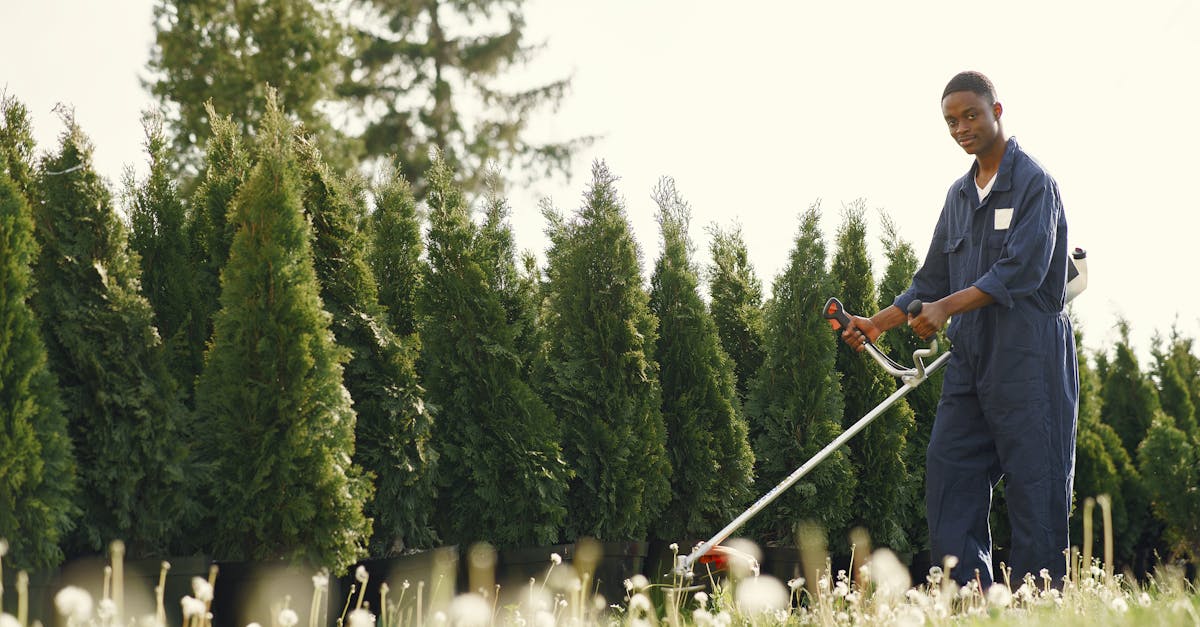Outdoor Landscaping

Outdoor In recent years, the concept of integrating Native plant gardening into outdoor spaces has gained significant traction among homeowners and landscape designers alike. This approach not only promotes biodiversity but also creates a harmonious balance between aesthetic appeal and ecological sustainability. By using plants that are indigenous to the local environment, native plant gardening enables individuals to create beautiful landscapes that thrive with less maintenance and resources, such as water and fertilizers.
Moreover, native plant gardening serves as a vital tool in combating environmental challenges, such as habitat loss and climate change. By incorporating these plants into yard design, individuals contribute to the preservation of local ecosystems and provide essential habitats for native wildlife. As more people become aware of the benefits and importance of native plant gardening, the promotion of these landscaping ideas can lead to greener, healthier communities that cherish and protect their natural heritage.
Incorporating Paving in Your Landscaping
Incorporating hardscaping in your garden design introduces formality and functionality. Components like bricks or natural stone can establish pathways, patios, and retaining walls that beautify the overall look of your yard. This method allows for greater drainage and reduces soil erosion, which is essential for maintaining healthy plants and a vibrant garden.
Furthermore, hardscaping can serve as a backdrop for vegetation, creating a stunning contrast that highlights both the durable and lush elements of your space. Incorporating features like outdoor seating can create inviting areas for relaxation and entertainment. With careful planning and thoughtful design, hardscaping can change your outdoor space into a beautiful and functional environment that meets your needs and preferences.
Ideas for Selecting Stonework Features Which Enhance Your Yard
Adding stonework features throughout your garden might profoundly elevate the overall look and feel of your outdoor space. Consider using stones that match with the natural surroundings. Such as, selecting earth-toned colors for decks can create a cohesive vision. Additionally, incorporating features like raised beds can help define spaces while providing utility.
While planning your outdoor area, consider how stonework will work with existing plants and trees. Employ various textures to create visual interest; smooth surfaces can contrast beautifully with rough stone. Include elements like bricks to create pathways that direct visitors through your landscape. With careful selection, stonework can serve as a stunning backdrop for your plants while providing longevity to your outdoor environment.
Building Outdoor Environments
Building yard areas may alter your space into an appealing retreat. Including components such as terraces, green gardens, and cozy seating areas elevates the overall aesthetic. Choosing appropriate plants, flowers, and shrubs contributes vibrancy while providing intimacy from neighbors. Furthermore, applying natural materials such as wood, stone, and gravel builds a harmonious look that blends with the surroundings.
To maximize the functionality of the outdoor space, take into account designing distinct zones for different activities. Adding features like fire pits, water elements, or outdoor kitchens might inspire social gatherings and relaxation. Carefully placing paths and walkways guides visitors through the landscape while also enhancing accessibility. At the end of the day, building these yard areas does not only provides beauty but also enhances the overall value of the property.
Tips for Creating Comfortable Yard Living Spaces
Designing comfortable outdoor areas may alter your property into a pleasant retreat. Kick off by considering the existing space and contemplating about how you want to use it. Incorporating elements such as seating that complement the overall aesthetic of your garden is crucial. Reflect on using a variety of plants, textures, and colors to cultivate a balanced atmosphere.
Outdoor lighting is another vital aspect to improve your outdoor areas. Thoughtfully placed lamps can create a inviting ambiance for evening gatherings. Utilizing features like walkway lights or fairy lights can also enhance safety but also provide charm to the space. Remember to select durable materials that can withstand the weather, ensuring your creation remains functional for years to come.
Year-Round Garden Care Advice
Maintaining the landscape throughout the year is important for reaching a thriving outdoor space. As spring arrives, concentrate on sowing additional shrubs and fertilizing the soil to support growth. As summer comes brings the need for consistent watering and trimming to keep your yard looking its best. As autumn approaches, think about preparing the landscape for winter by overseeding and clearing away debris.
Throughout the year garden care requires focus to periodic tasks that secure the condition of your landscape. Winter is the time for cutting back plants and protecting sensitive flowers from harsh weather. Scheduled attention across the year, such as mowing the lawn and observing for pests, maintains a lush, welcoming garden. Through following these seasonal tips, it is possible to build a gorgeous landscape that flourishes in every season.
Important Tasks to Maintain Your Garden Healthy
Maintaining your yard involves a series of activities. Consistent mowing of the grass is crucial to keep a well-groomed appearance. Moreover, irrigating plants correctly helps promote growth and vitality. Eliminating weeds is another key task to avoid competition for nutrients and moisture.
Applying fertilizer your plants regularly is also essential to support their growth. Using mulch can help hold soil moisture and suppress weeds, making a healthier garden. Trimming shrubs and trees is crucial for encouraging new growth and maintaining shape. Lastly, consistent inspections of your yard can help detect any issues early on, ensuring its beauty and health throughout the seasons.